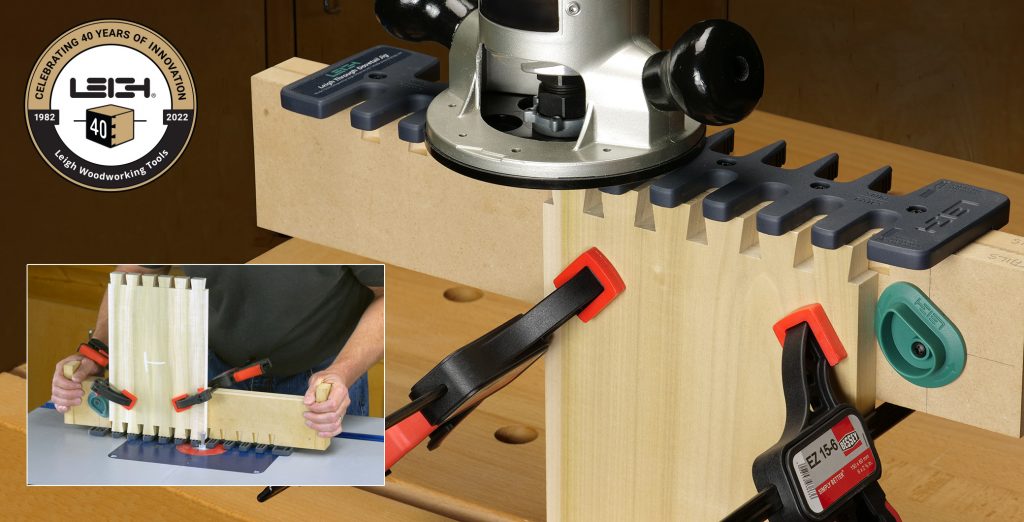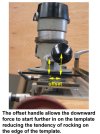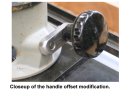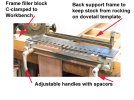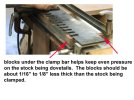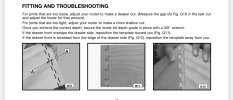It seems dovetails joints are somewhat of a milestone for woodworking. It’s one of those features that many people use as a benchmark for quality. Let’s face it, they look pretty cool as well. So recently I got an old Craftsman jig and thought I would give it a go. It took about 8 tries, but finally got it dailed in. The hardest part was getting the router bit height adjusted just right. The jig worked OK, but the clamp knobs are so small it was difficult to get tight enough without using a pliers. With that in mind I recently found a Woodstock jig with cam type clamps. The instructions caution you to not over tighten as this will move the pieces out of alignment. I found the pieces were not held sufficiently until they reached the point where they moved. I was able to mis-align the piece so it would be in alignment after they moved. Ultimately, not satisfied with either one these.
After reading some reviews I found most people had a similar experience and eventually found a Port Cable jig that worked better. In my search I also found a jig from Woodhaven that was designed to be used on a table instead of the hand held approach the others used. This looks like it would give you more control and stability. I find it much easier to adjust the bit height on a table as well.
Does anyone have a Woodhaven jig, or made something similar? It looks like it would be easy to make with the exception of the template.
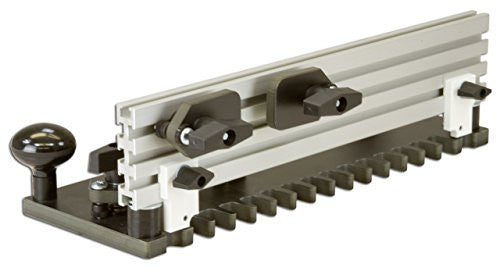
 woodhaven.com
woodhaven.com
After reading some reviews I found most people had a similar experience and eventually found a Port Cable jig that worked better. In my search I also found a jig from Woodhaven that was designed to be used on a table instead of the hand held approach the others used. This looks like it would give you more control and stability. I find it much easier to adjust the bit height on a table as well.
Does anyone have a Woodhaven jig, or made something similar? It looks like it would be easy to make with the exception of the template.

7660 Large Half-Blind Router Table Dovetail Jig w/Bit
Cut half-blind 90° 7/8" on-center dovetail joints typical for drawer work in 1/2" to 3/4" thick stock up to 11-3/4" wide. Includes carbide 14° dovetail bit..

